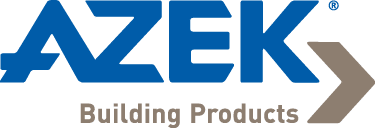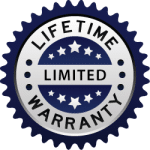Many of us dream of one day owning a historic home. After all, historic homes often have a charm and a backstory that new homes don’t, and they often feature design and craftsmanship that modern homes struggle to imitate.
Unfortunately, many historic homes also have weak spots. One of the most common? The plumbing.
Today, we’re examining a few of the biggest plumbing issues you may find in a historic home.
Lead Plumbing Pipes and Fixtures
If you’ve ever watched a home renovation show, you’ve probably seen a couple purchase a gorgeous older home, only to find out the home’s plumbing is less-than-stellar.
Not only does old plumbing present issues for the function of a historic home, it can actually be dangerous.
Homes built before the 1980s that have original plumbing could have lead pipes, lead plumbing fixtures or lead solder in their plumbing system. These pipes can allow lead to leech into your water supply and cause serious health problems, especially in infants and children. According to the EPA, there is no safe level of lead in drinking water. Adverse health affects can occur even at a low exposure rate.
The Safe Drinking Water Act and its 1986 amendments reduced the maximum allowable amount of lead content for wettable surfaces in a home’s plumbing. The Act specifically prohibits the “use of any pipe, any pipe or plumbing fitting or fixture, any solder, or any flux, after June 1986, in the installation or repair of (i) any public water system; or (ii) any plumbing in a residential or non-residential facility providing water for human consumption, that is not lead free.”
Learn more about testing for lead in your home’s plumbing by visiting the Nashville Metro Water Services website.
What Can You Do About Lead Pipes and Plumbing?
While plumbing is expensive and time-consuming to fix, it’s important to ensure that your family’s water supply is safe. A whole-house water filtration system may be effective in removing lead from the water supply. However, the only way to guarantee no lead in your water is to replace your home’s plumbing pipes completely.
Learn more about assessing your home’s pipes and fixtures for lead content.
Lead pipes and plumbing fixtures aren’t the only plumbing problems older homes face; they just happen to be the most urgent.
Galvanized Steel Pipes
Many homes built before 1960 were fitted with galvanized steel pipes as an alternative to lead. These steel pipes were dipped in a zinc coating to prevent rust and corrosion. What home builders and designers didn’t know was that over time, galvanized steel pipes rust and corrode on the inside.
Over time, the rust deposits inside galvanized steel pipes significantly decrease a home’s water pressure. The corrosion blockages can also cause water pressure to build up in other pipes, leading to leaks and burst pipes.
If you have galvanized steel pipes in your home, you may already be experiencing compromised water pressure or other plumbing problems. Consider replacing your galvanized steel pipes with PVC, PEX or copper. These materials don’t rust or corrode, and they’re much lighter than galvanized steel.
Do you own a historic home in Nashville? Stratton Exteriors is a leading home renovation contractor for historic properties. Contact us today to learn how we can help you restore and re-beautify your historic Nashville home.













